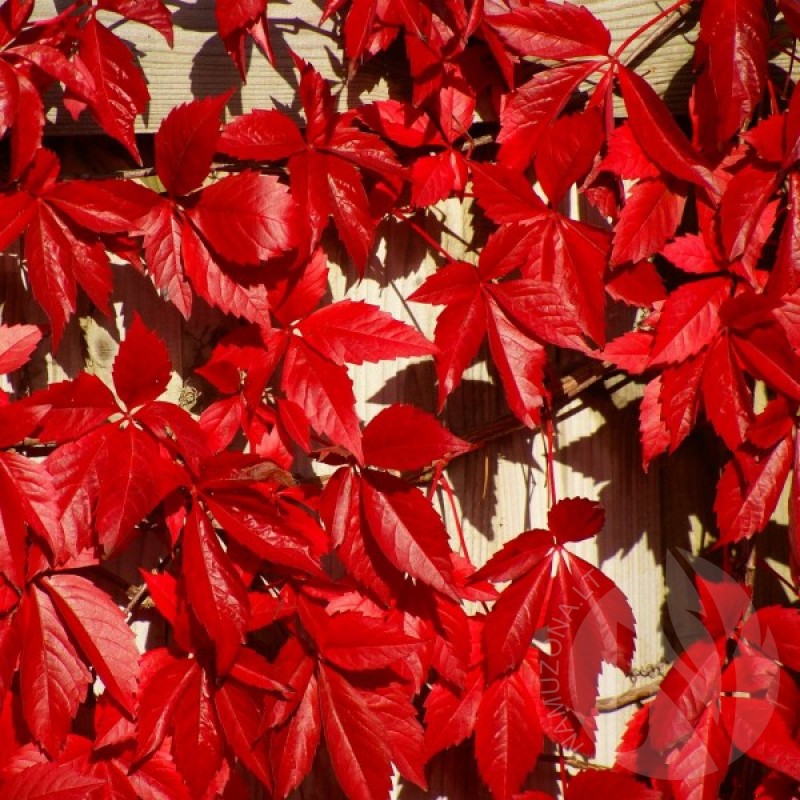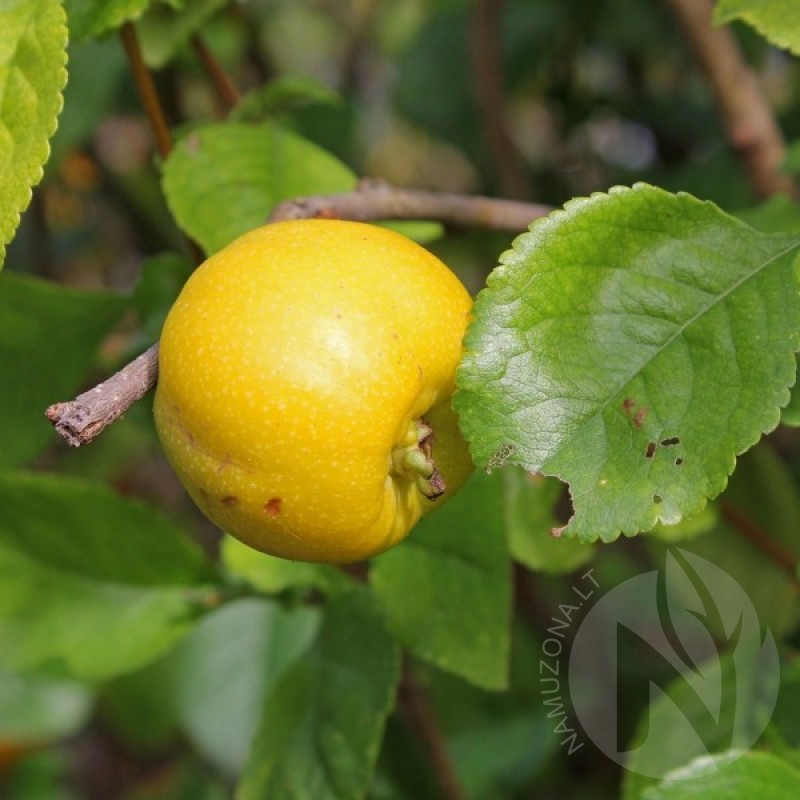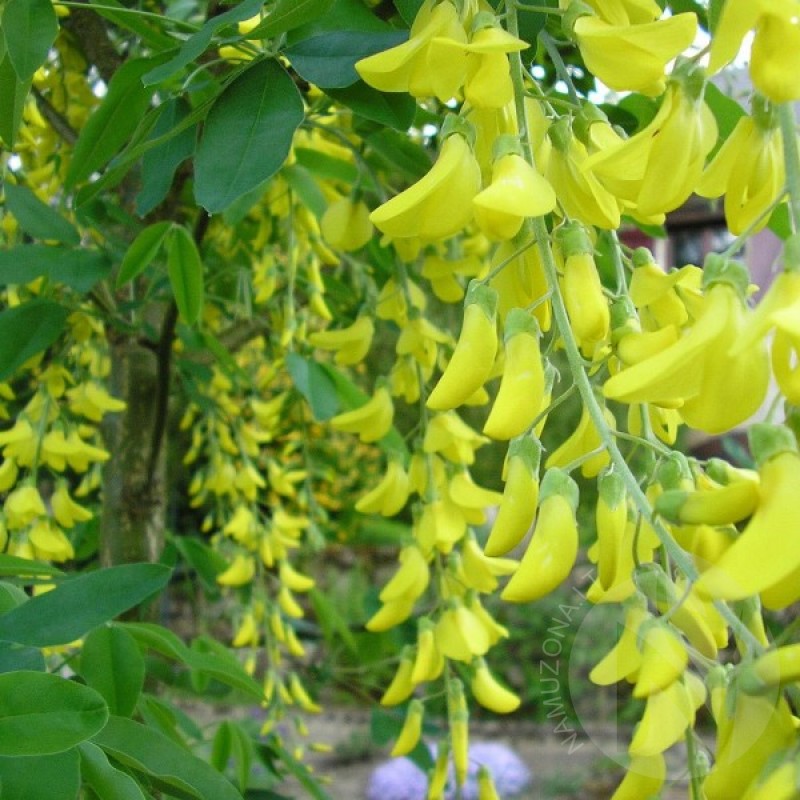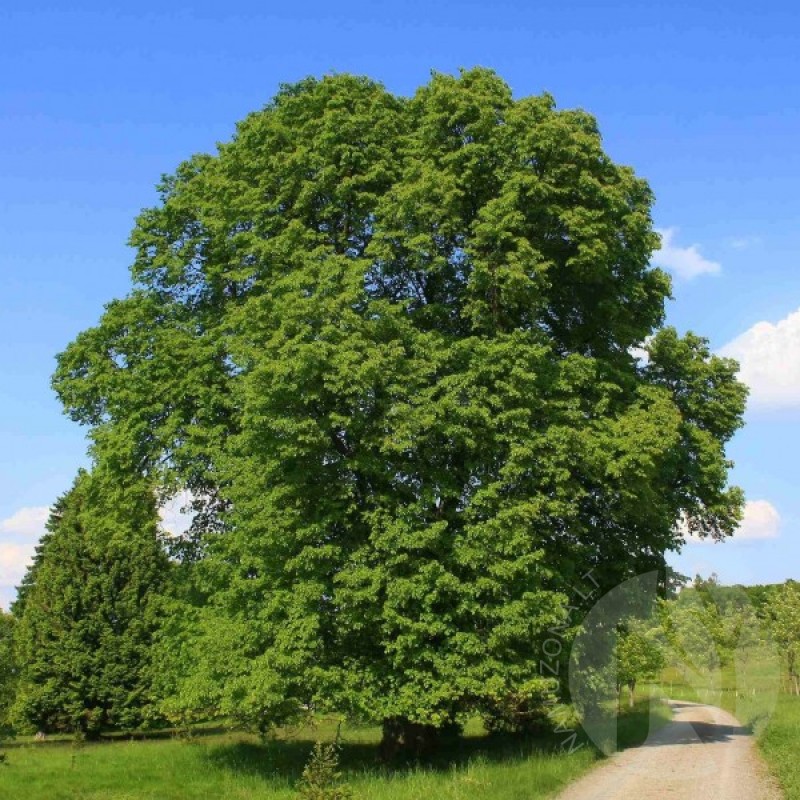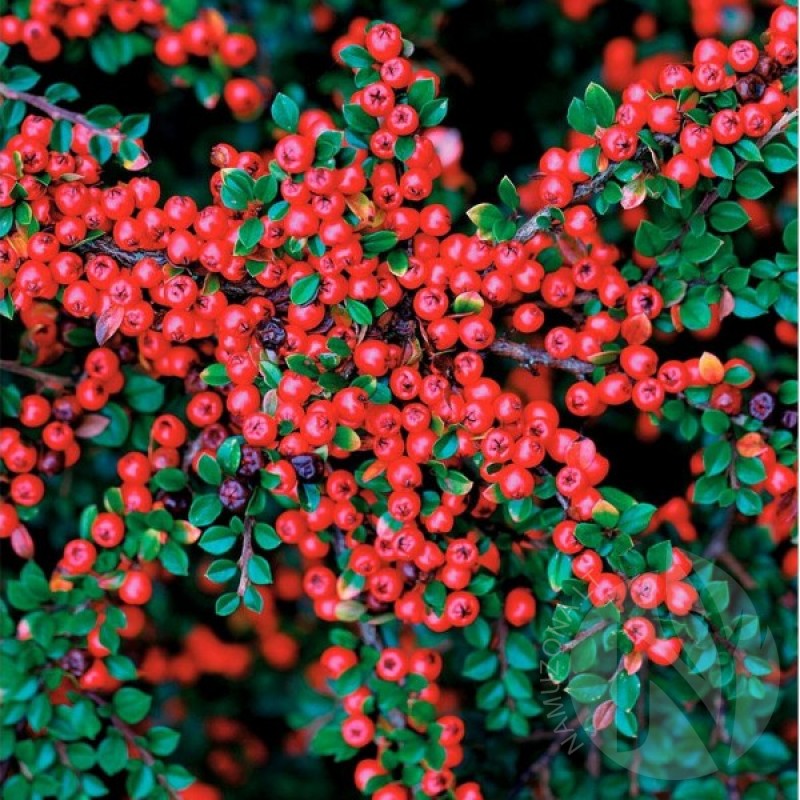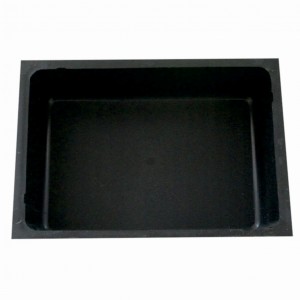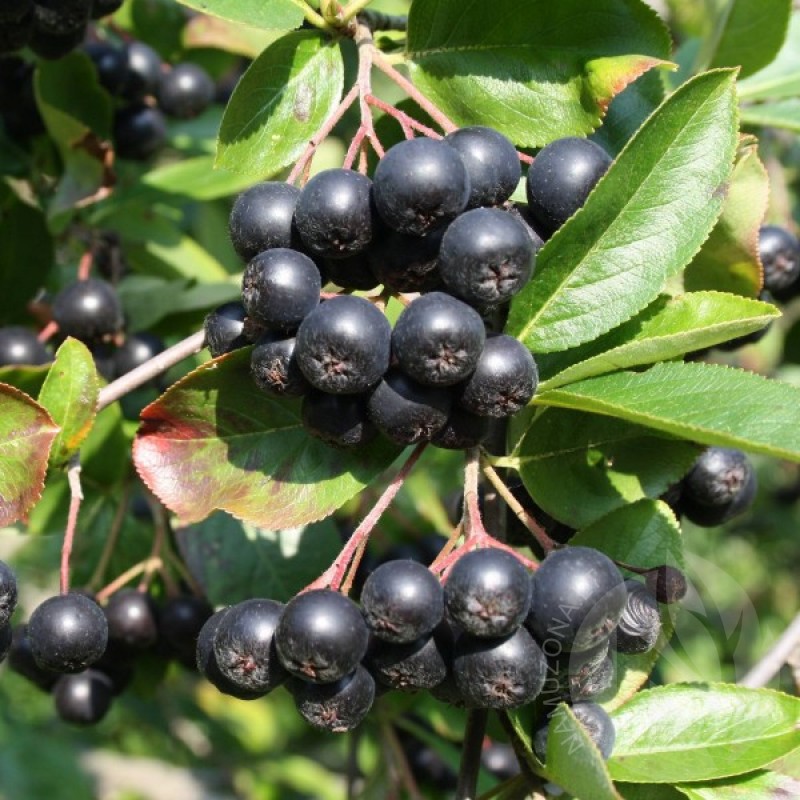
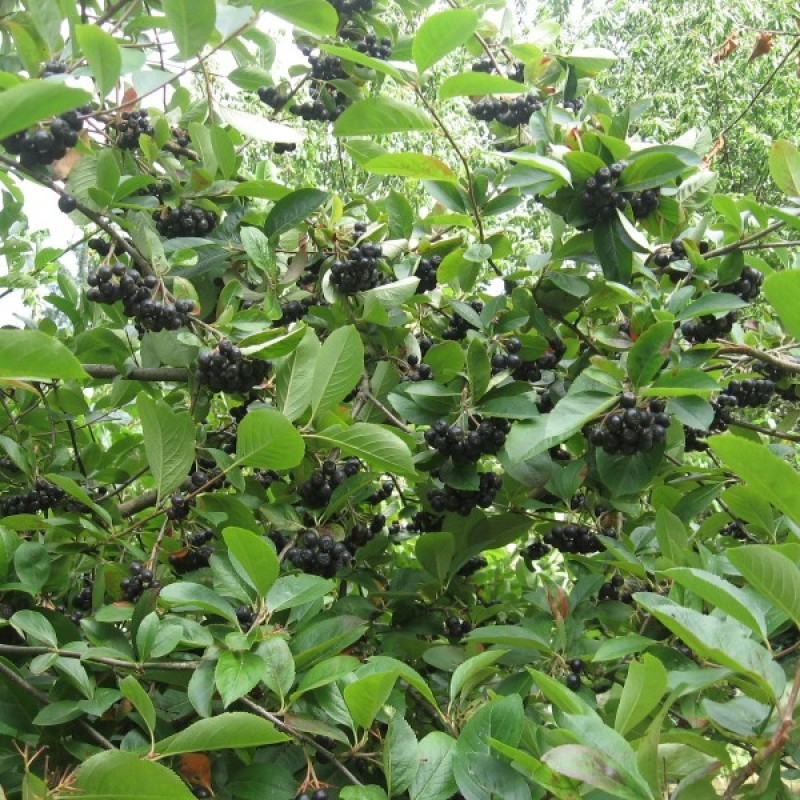
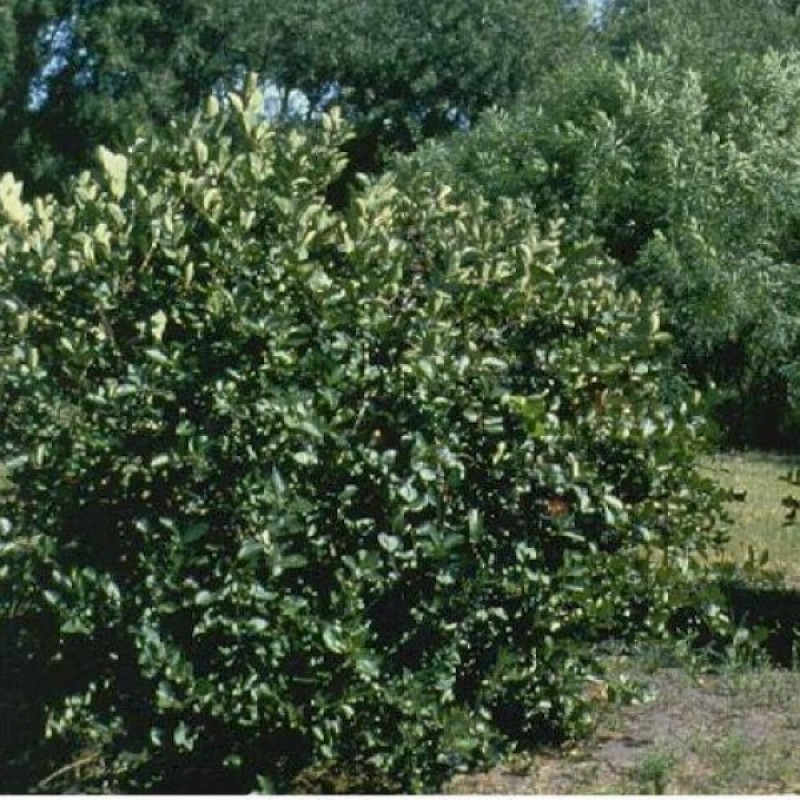
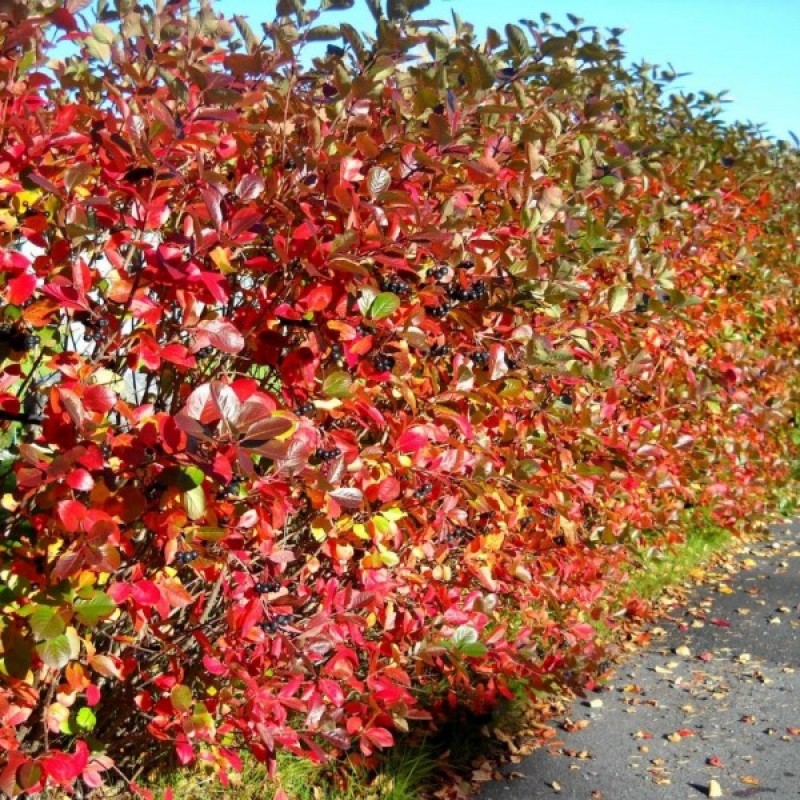

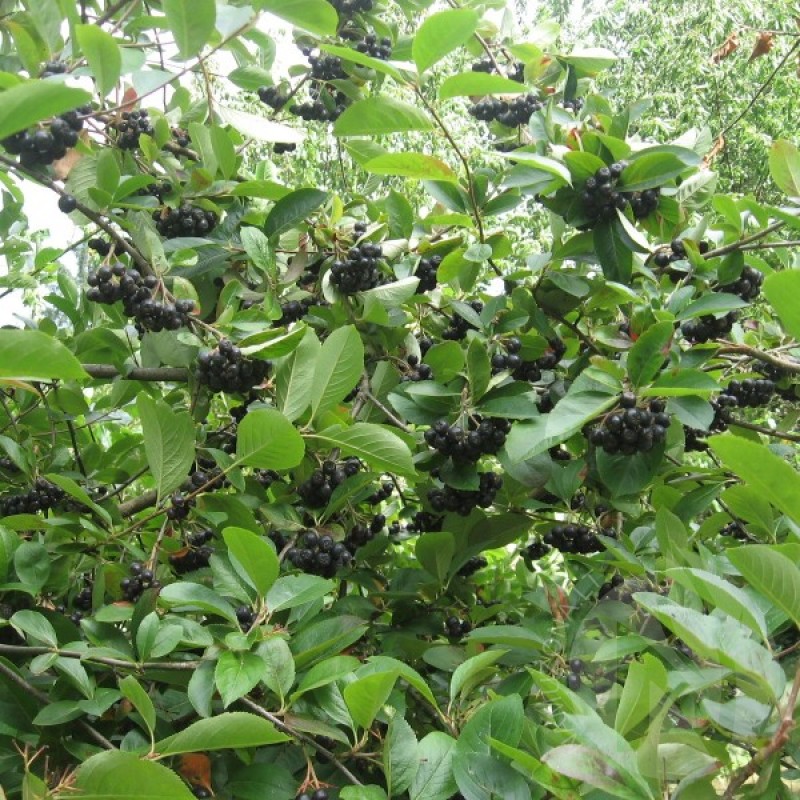
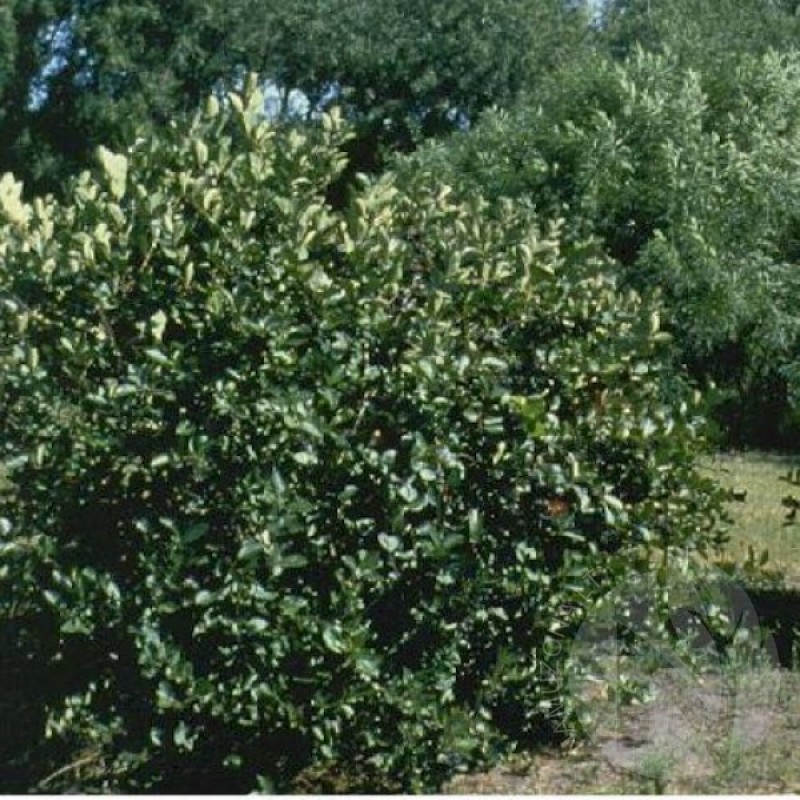
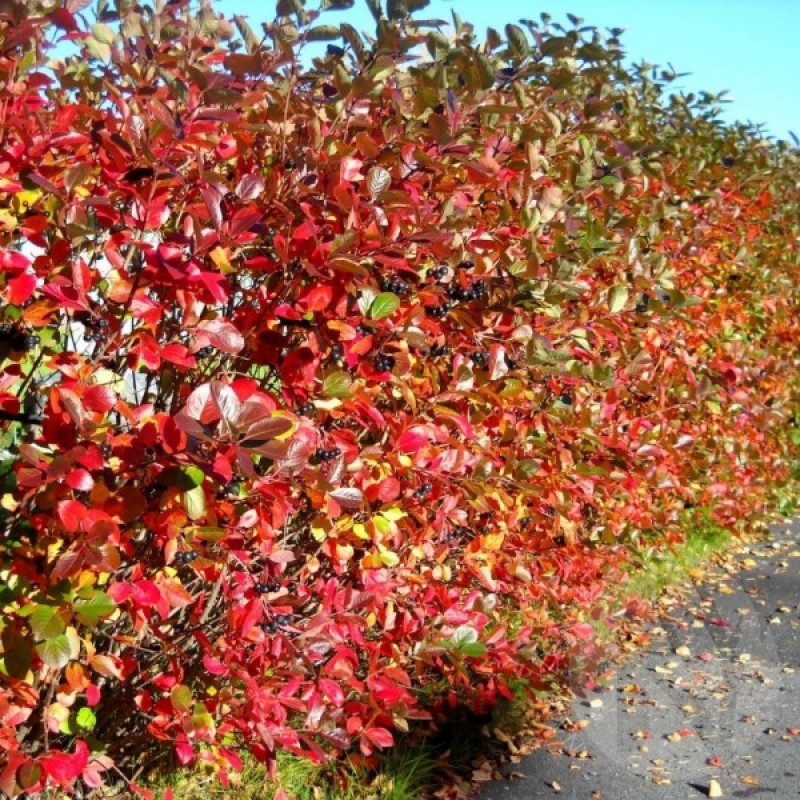
PAY ATTENTION!
All seeds (except SOLD OUT) are available for immediate shipping and will be dispatched within 1-2 business days.
INFORMATION NEEDED? PLEASE CONTACT US NOW!
Small, pretty white blossoms in spring, orangey fall color and dark purplish-black berries make black chokeberry a great shrub for naturalistic massed plantings. An upright deciduous shrub that suckers to form a thicket of twigs and leaves, it is native to the moist soils of the eastern United States and a thin sliver of southeastern Canada. Individual plants have a cluster of many, thin, dark brown stems that have a white, waxy, semi-flaky film on the smaller, reddish-brown twigs. It is slightly shorter and denser in habit than its cousin, red chokeberry (A. arbutifolia).
Clusters of small,five-petaled white flowers appear in late spring and may have hints of pink. Bees pollinate the blossoms to form dangling clusters of purple-black berries that contrast with the gold, orange and orange-red leaves in fall. The fruits linger well into winter, finally being devoured by birds when other more tasty foods are gone.
Perfect for full sun or partially shaded spots, black chokeberry is most prolific in moist, fertile, well-drained, acidic soils. However, it adapts to many soils and light exposures, and it will produce a sparser thicket if placed in drier or less humus-rich ground. Full sun guarantees best fruiting and brighter fall leaf color. Use it in naturalistic garden designs, or as an accent shrub in a mixed border. It works terrifically well as a riverbank stabilizer, or in any large-scale planting in which a billowing mass is needed, especially in roadside ditches or moist swales around paved lots. (Info source: Learn2Grow.com)
Genus - Aronia
Species - Melanocarpa
Common name - Black Chokeberry
Pre-Treatment - Required
Hardiness zones - 3 - 8
Height - 0,90 - 1,80 m
Spread - 1,50 - 3 m
Plant type - Small Shrub
Vegetation type - Deciduous
Exposure - Full Sun, Partial Sun, Partial Shade
Growth rate - Medium
Soil PH - Acidic, Neutral, Alkaline
Soil type - Clay, Loam, Well drained
Water requirements - Average Water
Landscape uses - Foundation, Mixed Border, Edible Fruits
Bloom season - Late Spring, Early Summer
Leaf / Flower color - Green / White
GERMINATION INSTRUCTIONS
Seeds have an internal dormancy that can be overcome by a moist, chilling period. This treatment is called stratification. Here are the steps to stratify the seeds:
1. Soak the seeds in water for 24 hours.
2. Place the seeds in a moist material such as milled sphagnum peat, sterile soil or vermiculite.
3. Refrigerate the seeds for 3 months at +1-+4C (33-41F).
4. After the seeds are stratified, plant them 2 mm (1/16") deep in a container filled with a moist, well-drained germination medium. Cover with glass or plastic and keep the container moist, but not soggy. Seeds should germinate in 3 to 4 weeks at +21-+24C (70-75F) bottomheat. As soon as the seeds germinate, place them under bright lights or move them to a greenhouse or cold frame.
Another method is to plant seeds outdoors in well prepared beds in October or before the winter. If it does not rain, then water the seedbeds before the ground freezes. The seeds will naturally receive cold treatment during the winter. The seeds should start to germinate when the seedbed warms up in the spring.
When large enough to handle, prick the seedlings out into individual pots and grow them on in a cold frame for their first winter. Plant out in late spring.
Atsiliepimų apie šią prekę kol kas nėra.
No questions about this product.

